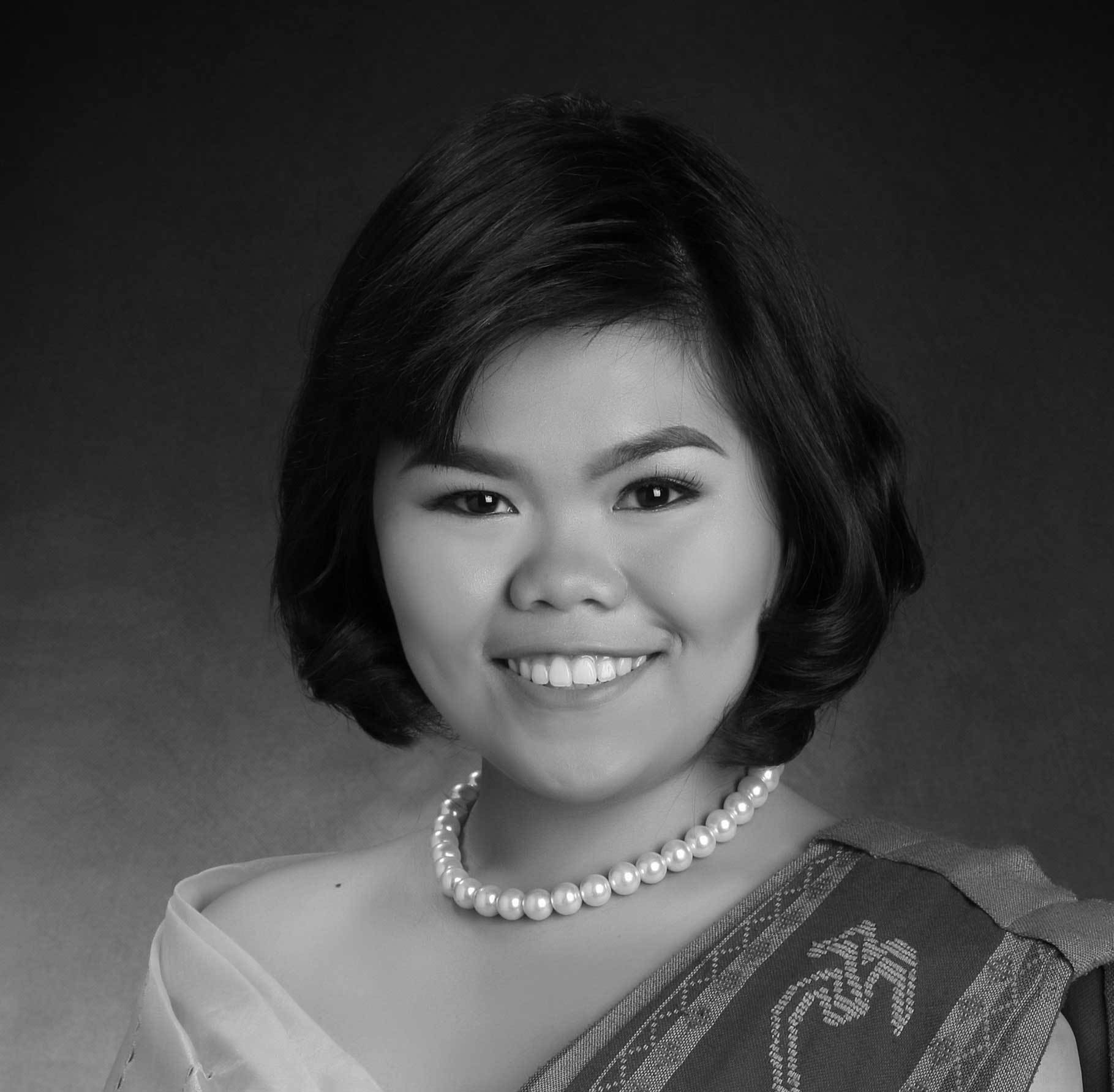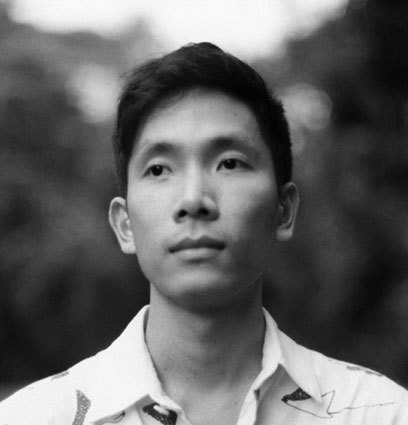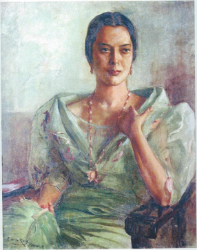Introduced during the Ottoman empire, the odalisque was a term used to describe chambermaids, ladies-in-waiting that looked after the women of a harem. Later usage of the term, at the hands of 19th century French men, made out the odalisque as a figure of Orientalist desires. Often depicted as languid and prone, with the air of erotic longing, the odalisque symbol persisted in the nude paintings of Jean Auguste Dominique Ingres, Henri Matisse, and Juan Luna. It is a figure that appears in Wawi Navarroza’s photographic self-portrait The Heart is a Lonely Hunter, one of eleven self-portraits which form her 2019 exhibit “Self Portraits & The Tropical Gothic.” But her version is defamiliarized. The odalisque’s pose of rude boredom fares uneasily with the effortful tampering of the other figure in the room, the photographer. You ask yourself: What kind of interaction is going on here? This questioning is Navarroza’s vision of the tropical gothic, one that informs the rest of the self-portraits in the exhibit.
“Tropical gothic novels offer invitations to the Philippine nightmare,” writes Caroline Hau in her review of Vicente G. Goryon’s historiographic work of metafiction The Sky Over Dimas. According to Hau, the tropical gothic emerges from a desire to contend with historical injustices and power imbalances as they become embodied through crisis and disaster. The exploration of these is well suited for fiction, capable of extension, digression, narrative scaffolding. But how does one render it through photography and self-portraiture – genres which are loaded with issues of identity and representation? In “Self Portraits & The Tropical Gothic,” Navarroza searches for a visual language for the tropical gothic in a series of vividly imagined tableaus.
It bears mentioning that Navarroza has never really been interested in faithful translations. “Medusa,” her 2017 photo installation exhibit, is notable for the very absence of the titular figure. Toying with perspective and outcome, her Medusa is decentered, an absent figure haunting the unwitting with her gaze. As such, Navarroza’s approaches to self-portraiture and the tropical gothic are tilted, reconfigured to meet the tangled morphology of the moment. “It’s syncretic, a mix of almost disparate things,” she says of the tropical gothic genre. “That’s our situation in the Philippines and as Filipinos. It’s a blend of East and West, of Catholic and pagan, of the Latin and Asian about us.”
Dating as far back as 2007, the photos which comprise the exhibit are “place markers,” she says. In an interview, she recounts taking the self-portraits after moments of intense personal reckoning or misfortune. This much can be gleaned from the titles alone: Self-Portrait After the Fire, reads one caption, Self-Portrait After Dengue, reads another. Navarroza’s preoccupation with marking time seems preempted by a deep interest in detail; in these photos, she herself becomes the object of the anthropological gaze. And it is her maximalist sense of framing and color that fully flowers her idea of the tropical gothic, a theme that has always preferred intimation rather than outright revelation. One risk of the work occurs on this plane: the attempt to depict hybridity without diluting intensity, the charged air of the gothic.
Across the board, the self-portraits depict Navarroza less as a tinkering auteur and more as a Janus-faced co-conspirator. The artist’s meticulous eye for the sundry and baroque is trained on details that envelop. Details which Navarroza herself orchestrates. Consider the way she recontextualizes Balthus’s controversial painting Thérèse Dreaming in the choreographed intimacy of May in Manila. Her posture of surrender. Her turning toward the direction of heat. The condensation forming on the glass of lemon water. The cut-up and pasted image of a cat indulging in a bowl of milk. Here is a patchwork made to look bespoke.
Throughout the exhibit, we find that the artist’s agency as a photographer often incites collision with the tenanted socialities of gender, nationality, and the art world. The Heart is a Lonely Hunter stages this conflict by setting both odalisque and photographer in the same shot. With her deliberateness in framing and post-processing, Navarroza creates the effect of a flattened collage, both figures the hunter and hunted.
But the exhibit’s preoccupation isn’t merely for probing and ravaging dichotomies. She also finds a confessional form through the recombination of the two genres in the exhibition’s title. In The Fire You’re Made Of, a reference to the fire that destroyed her studio, Navarroza stands firm and mighty against a background of reverberant reds. To become an object (i.e. to be extracted, flattened, printed and mounted, to be taken out of context) is Navarroza’s way of objecting, her tactic against stasis.
That movement from object towards objection is one that has been fruitfully explored in self-portraiture before, whether in the subversive personas of Cindy Sherman or in Paula Moderson-Becker’s tender autoportraits. However in Navarozza’s work, we get neither outright disruption nor sentimentality. Instead, we are simply made to account for the sheer disclosing nature of stuff. A pile of overturned roses here. A strange pineapple-octopus hybrid there. The one tonal misfire in the exhibit is Self Portrait with Bricks, a spare shot of Navarroza with a belt carrying bricks. Seeing the photo alongside the rich and floral visuals of the rest of the exhibit is jarring, leaving us to wonder whether biography can really stand in for a concept such as the tropical gothic.
In Caroline Hau’s words, the tropical gothic “holds up a mirror to the country’s best and brightest.” For the most part, Navarroza makes good on that assertion. Her version is an assured motley of fruits, stares, frames, postures. We are prompted to wonder about the worlds that exist beyond and within us. In this vein, the exhibit is as much culmination as it is contention.








